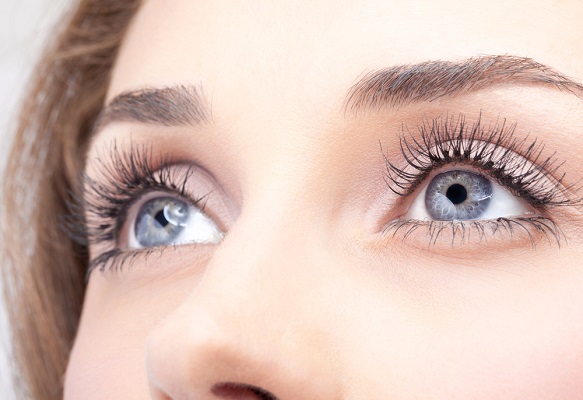Which is your Dominant Eye?

You can work out which is your dominant eye by forming a ring with your fingers at arm’s length and looking at an object in the distance with both eyes open. Now shut one eye at a time and see which one has the object still in the ring of fingers. That is the dominant eye.
Very few people are born with two eyes of identical optical power, but the brain manages to compensate and it’s usually unnoticeable. This is one reason the use of magnifiers can cause headaches.
Usually the dominant eye takes over and sometimes if the difference is enough it can cause problems. The size of the image seen by each eye will be different and this results in overall vision blur.
Another potential outcome from difference in eye strengths is amblyopia (lazy eye), which can occur if one eye has blurred vision for some time and becomes permanently weaker.
Other symptoms include the eye causes a lack of visual stimulation that results in insufficient information being transmitted through the optic nerve to the brain.
•When a patient is unable to align both eyes. This lack of coordination prevents both eyes being able to focus on the same point in space.
•Diplopia (often known as double vision).
The result includes:
◦Eyestrain
◦Headaches
◦Nausea
◦Light sensitivity
◦Tiredness
◦Dizziness
Causes
Even people who have normal vision can have up to 5% difference in the refractive power of each eye. However, those with a 5-20% difference will experience uneven vision (anisometropia). Causes include defects in the eye at childbirth as well as uneven size of the two eyes.
Treatment
It is important to treat anisometropia as soon as it is diagnosed. When not treated, the brain can decide to select the eye that presents the clearer image, and then ignore the other eye. This can lead to a dependence on the stronger eye.
The neglected eye will become progressively weaker; therefore it is important to seek treatment before the issue becomes acute.
There are several ways that anisometropia can be treated, depending on the severity. For some, the difference between the two eyes in manageable, especially with a minimal difference. Other patients may require corrective lenses, contact lenses or corrective surgery.
When contact lenses or corrective lenses are used, each lens will need to be a difference prescription to be effective.
Generally speaking, glasses are not suitable for those with very large degrees of anisometropia. Due to their magnification effect, glasses can create a considerable difference in the size of the image seen by each eye and can actually prevent good binocular vision.



 Buy Contact Lenses
Buy Contact Lenses Book an Appointment
Book an Appointment